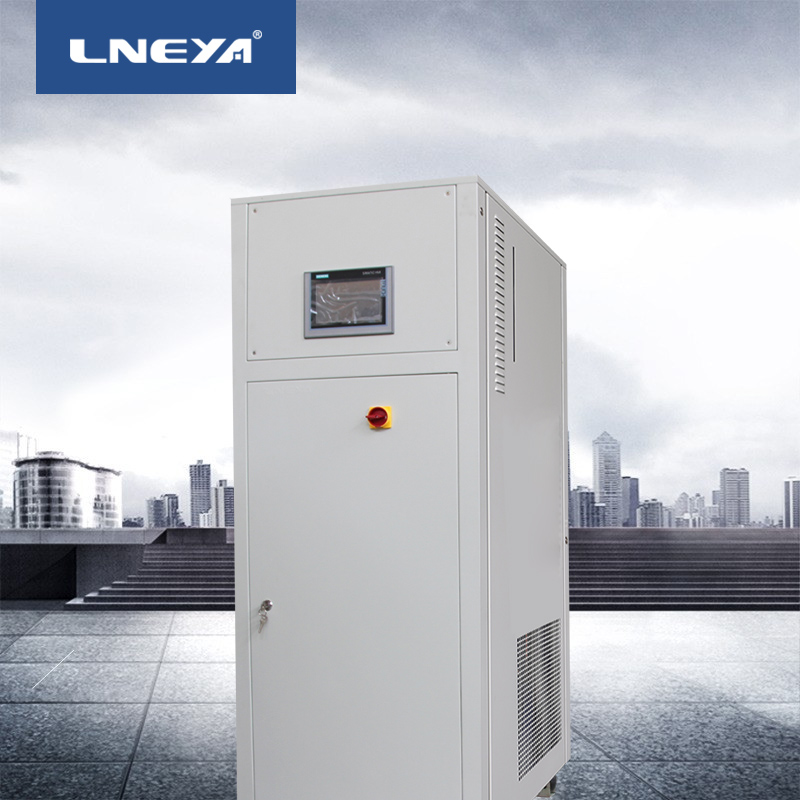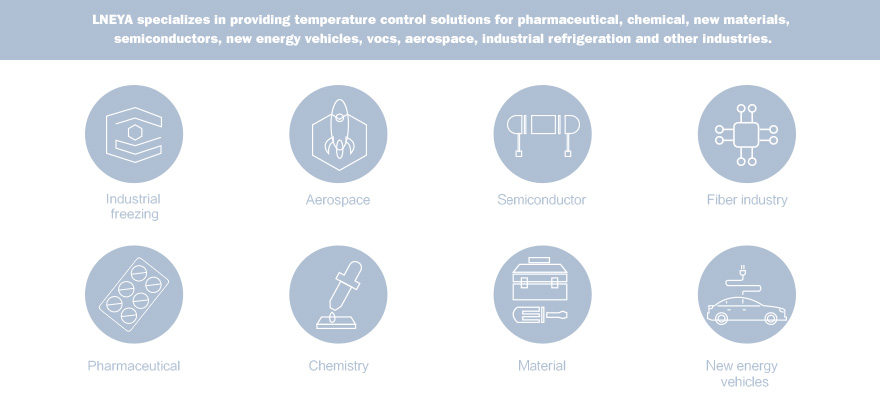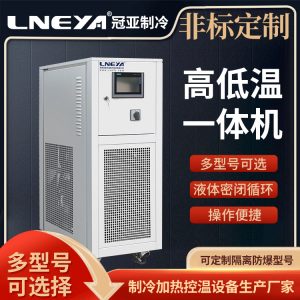Effect Of Humidity On Laboratory Chillers
The high humidity reduces the insulation strength of the electrical equipment of the chiller in the laboratory. The moisture in the air adheres to the surface of the insulating material to form condensation, which reduces the insulation resistance of the electrical equipment, and the leakage current of the equipment is greatly increased, resulting in insulation breakdown. Condensation inside the switchgear causes creepage and flashover accidents, resulting in electrical faults.
If the air is not convective, the mold growth will increase rapidly. Therefore, in the case of the same humidity and the same temperature, the indoor equipment is much more severe than the outdoor equipment. The chiller material in the laboratory itself or the surface is dirty, which provides the necessary nutrients for the growth of mold. After the mold is formed, the mold cells contain a large amount of water. When the hyphae are meshed with the surface of the insulator, not only the insulation performance of the product is greatly reduced, but also the appearance and signs of the device are affected. Molds often secrete acidic substances during the metabolism process. The conductive metal and the electrical contact material are caused to form a dark film, resulting in an increase in contact resistance. Especially for the printed circuit board of the chiller of laboratory in Wuxi Guanya LNEYA Constant Temperature Refrigeration Technology Co., Ltd., if it is in such an environment for a long time, it will corrode the circuit, which will reduce the accuracy of the instrument, or cause equipment failure or even burn the instrument.

After the conductive metal and magnetic conductive silicon steel sheet in the electrical equipment are corroded, the performance and service life of the equipment will be seriously reduced. After the relative humidity reaches a certain value, the corrosion of the metal in the test room special test system will suddenly increase. Corrosion causes the metal to lose its proper properties. The heat exchanger of the electrical cabinet isolates the air inside and outside the control box to ensure the air inside the box is clean. It adopts the heat pipe structure design, has high heat exchange capacity, simple structure and convenient maintenance.
The chiller for laboratory use is not used for general temperature control systems. The effect of humidity on its laboratory chiller is relatively large. Therefore, we try to avoid the influence of humidity on the chiller in the laboratory and place it in a special environment.



관련 권장 사항
-
Semiconductor refrigeration temperature control system accessories
1128In the evaporator, since the liquid evaporates in the evaporator of the semiconductor refrigeration temperature control system, the process from liquid to gas, due to the change of the load, some of the refrigerant may not be completely evaporated...
세부 정보 보기 -
재순환 냉각기의 냉매는 무엇입니까?
1094산업마다 재순환 냉각기의 냉동 온도에 대한 요구 사항이 다르므로 선택한 냉매도 다릅니다. 재순환 냉각기를 선택할 때 명확한 이해가 필요합니다.
세부 정보 보기 -
Pharmaceutical WFI system low-temperature cooling water circulator/chiller
879The WFI (Water for Injection) system in the pharmaceutical industry is a highly purified water system that provides sterile water that meets strict quality standards for drug production and formulations (such as injections). ...
세부 정보 보기 -
광학 모듈에 가스 냉각 온도 제어 시스템 적용
1070The gas cooling temperature control system has a wide range of temperatures and can be widely used to meet the requirements of more production and engineering environments. It is applicable to reliability tests such as chip, microelectronic devi...
세부 정보 보기
 LNEYA 산업용 냉각기 제조업체 공급 업체
LNEYA 산업용 냉각기 제조업체 공급 업체













